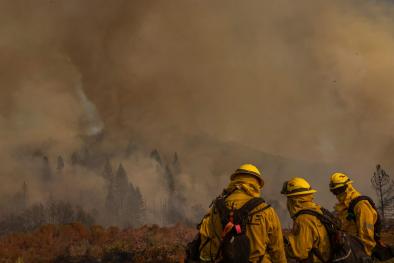Science Source
Heat waves in the United States: definitions, patterns and trends
- States that high temperatures and heat waves are related but not synonymous concepts
- States that heat waves, generally understood to be acute periods of extreme warmth, are relevant to a wide range of stakeholders because of the impacts that these events have on human health and activities and on natural environments
- States there is no single, standard definition of a heat wave
- Experts differ in which threshold values (absolute versus relative), duration and ancillary variables to incorporate into heat wave definitions
- Uses data from the North American Land Data Assimilation System to examine patterns and trends in 15 previously published heat wave indices for the period 1979–2011 across the Continental United States
- Finds that over this period the Southeast region saw the highest number of heat wave days for the majority of indices considered
- Finds that positive trends (increases in number of heat wave days per year) were greatest in the Southeast and Great Plains regions, where more than 12 % of the land area experienced significant increases in the number of heat wave days per year for the majority of heat wave indices
- Concludes noting that significant negative trends were relatively rare, but were found in portions of the Southwest, Northwest, and Great Plains
Related Content
Headline

Feb 7, 2024 | Climate Nexus Hot News
Heat And Smoke Are Worse Together Than Apart
Science Source
| Science Advances
Unprecedented climate events: Historical changes, aspirational targets, and national commitments
Noah S. Diffenbaugh, Deepti Singh, and Justin S. Mankin
Science Source
| American Meteorological Society
Sixfold Increase in Historical Northern Hemisphere Concurrent Large Heatwaves Driven by Warming and Changing Atmospheric Circulations
Cassandra D. W. Rogers , Kai Kornhuber , Sarah E. Perkins-Kirkpatrick et al
Science Source
| American Meteorological Society
Diverse Characteristics of U.S. Summer Heat Waves
Bradfield Lyon and Anthony G. Barnston


